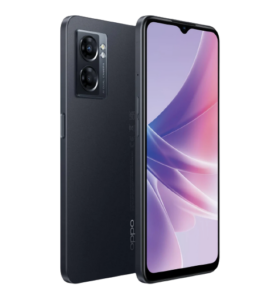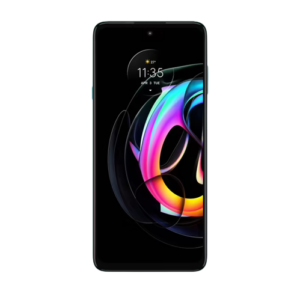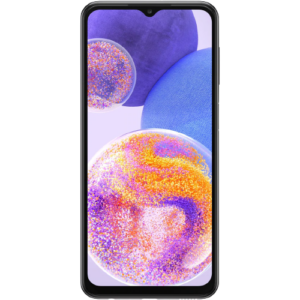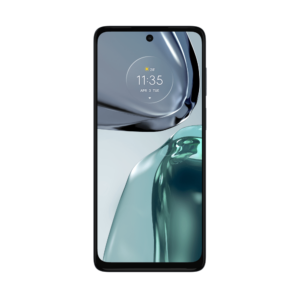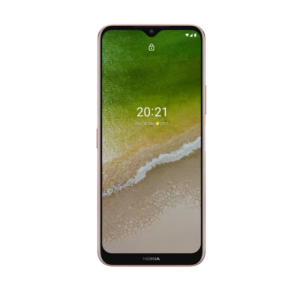Optus Mobile Review ALDI Mobile Review Amaysim Mobile Review Belong Mobile Review Circles.Life Review Vodafone Mobile Review Woolworths Mobile Review Felix Mobile Review Best iPhone Plans Best Family Mobile Plans Best Budget Smartphones Best Prepaid Plans Best SIM-Only Plans Best Plans For Kids And Teens Best Cheap Mobile Plans Telstra vs Optus Mobile Optus NBN Review Belong NBN Review Vodafone NBN Review Superloop NBN Review Aussie BB NBN Review iiNet NBN Review MyRepublic NBN Review TPG NBN Review Best NBN Satellite Plans Best NBN Alternatives Best NBN Providers Best Home Wireless Plans What is a Good NBN Speed? Test NBN Speed How to speed up your internet Optus vs Telstra Broadband ExpressVPN Review CyberGhost VPN Review NordVPN Review PureVPN Review Norton Secure VPN Review IPVanish VPN Review Windscribe VPN Review Hotspot Shield VPN Review Best cheap VPN services Best VPN for streaming Best VPNs for gaming What is a VPN? VPNs for ad-blocking And yet, there’s never been a better time to shop for phones under $500. The evolution of smartphones has seen upgrades in hardware far outpace the needs of software, so you can now get a large-screen, multi-camera phones and zippy performance, and not give up food for a month. While the sensor does sometimes struggle to keep up with the rest of the hardware here, the 108MP main camera on the Motorola Edge 20 Fusion 5G makes it standout choice for those seeking the best smartphone camera under $500. All told, the Motorola Moto G10 packs in a surprising amount of features for a budget handset. The 720p IPS display isn’t much to look at, but the 5000mAh battery ensures that it’ll be visible for long time before you need to recharge. At $199, there are always going to be compromises. Thankfully, the Motorola Moto G10 does a decent job of making the right ones. The newly-announced OPPO A76 boasts a 6.56-inch LCD display with a 90Hz refresh rate and a Snapdragon 680 processor. Meanwhile, the back of the device is kitted out with a 13-megapixel main sensor and a 2-megapixel depth sensor that’s used to power better portrait photography. It doesn’t have 5G connectivity, but it does have 33W SUPERVOOC fast-charging and IPX4 splash resistance. If you’re in the market for a good cheap phone under $400, the OPPO A76 should be a shoe-in for your shortlist.
Best phones for kids: Find a suitable handset for your little oneBest phones under $300: Go cheaper again
Walking into your local Telstra store or JB Hi-Fi outlet might seem excessive, but it’s usually the fastest and easiest way to get the answers you’re looking for when it comes to buying a budget handset.
What does the screen look like? The screen resolution (the total number of pixels) is far less important than a good screen with good colour and good responsiveness. Is the processor fast enough? Open apps like the web browser and compare how long it takes to load. How much storage does it have? Cheap phones may only have 16GB or 32GB of onboard storage and you will find this disappears pretty quickly after you install your favourite apps.
It doesn’t help that the manufacturers of sub-$500 Android devices are typically less likely to invest in the research and development than they would be with more expensive smartphones due to the smaller margins involved. When it came to deciding on our picks for the best mobile phones under $500, we kept several factors in mind. This included:
Display quality and size: Resolution isn’t the only thing that matters. 5G connectivity: Faster speeds are good, but long battery life is better. Build quality and design: Just because a phone is cheap doesn’t mean it has to feel cheap. Camera: While any smartphone camera at this price-point is going to involve some amount of compromises, we tended to privilege devices with camera hardware that was closer to the current crop of mid-range and premium smartphones out there over those that had less in common with those more expensive devices. Software pedigree: Invariably, the more budget-friendly a smartphone is, the more bloatware is typically involved. We try to recommend devices that veer in the opposite direction.
